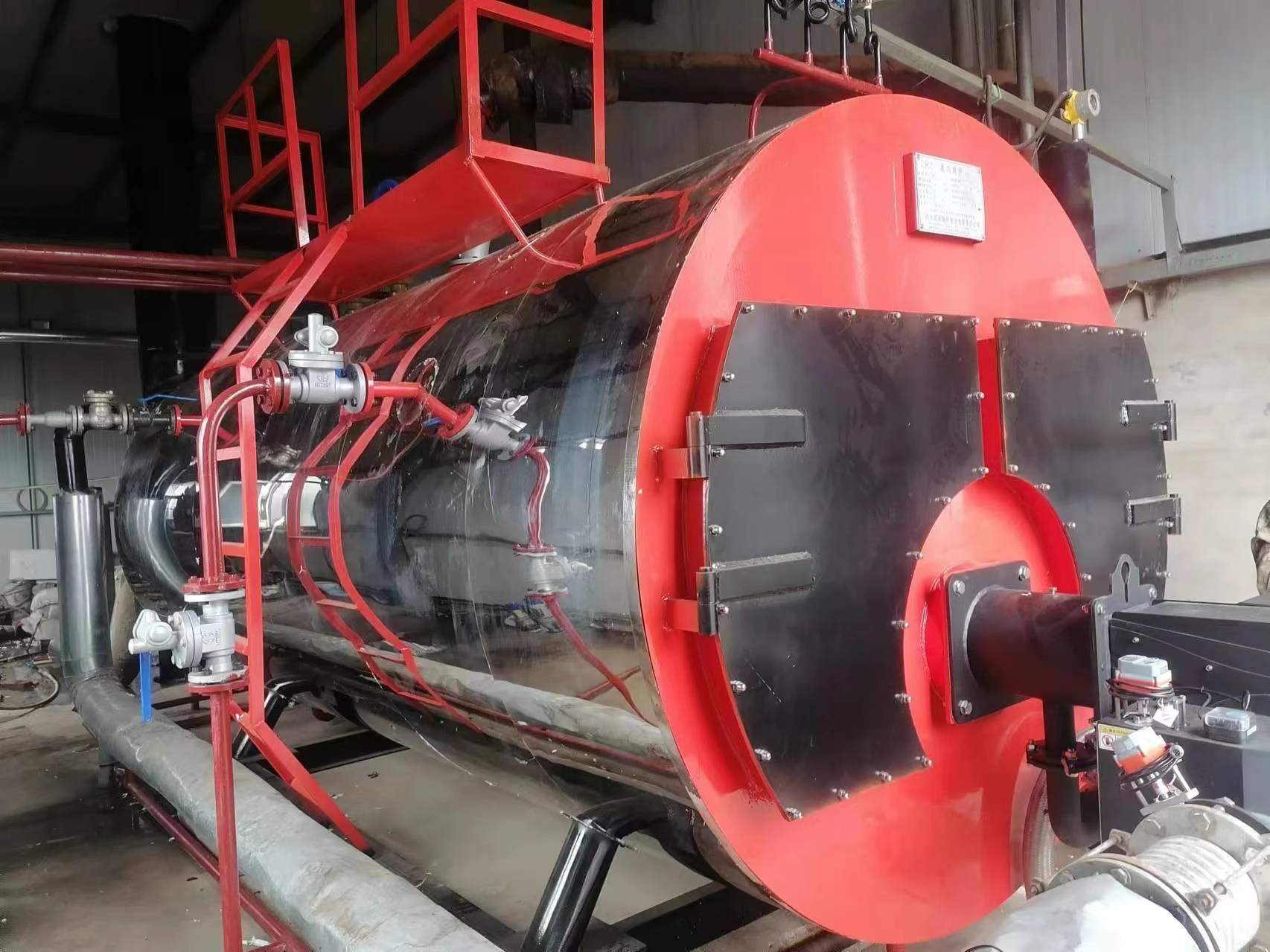
Eki . 10, 2024 11:49 Back to list
oil fired steam boiler factory
The Evolution and Importance of Oil-Fired Steam Boiler Factories
Oil-fired steam boilers have long played an essential role in various industries, serving as a reliable source of energy for heating and power generation. These boilers primarily utilize oil as a fuel source, offering a high level of efficiency and versatility. The factories dedicated to the production of such boilers embody advanced engineering, innovative technology, and stringent quality control measures, ensuring that the final products meet the diverse needs of the market.
Historical Context
The concept of steam boilers dates back to the late 17th century, but the advent of oil as a significant fuel source came much later, particularly during the industrial revolution. Initially, boilers used coal, which posed several challenges, including significant emissions and the necessity for extensive labor to manage coal supplies. As the demand for cleaner and more efficient energy sources grew, oil emerged as a viable alternative. The oil crisis of the 1970s further accelerated interest in oil-fired steam boiler technology, prompting manufacturers to innovate and enhance their designs.
Manufacturing Process
At an oil-fired steam boiler factory, the manufacturing process begins with rigorous research and development. Engineers and designers collaborate to create detailed specifications that meet industry standards and customer requirements. After the design phase, the production process involves several key stages
1. Material Selection High-quality materials are essential for the durability and efficiency of the boiler. Steel, copper, and various alloys are commonly used due to their strength and resistance to high temperatures and pressures.
2. Fabrication The fabrication of the boiler components, including the combustion chamber, heat exchangers, and economizers, occurs in specialized workshops where skilled laborers employ cutting-edge machinery and techniques.
3. Assembly Once the components are fabricated, they are assembled into a complete unit. This stage requires meticulous attention to detail to ensure that all parts fit perfectly and function together seamlessly.
4. Testing and Quality Control A critical aspect of oil-fired steam boiler manufacturing is the quality control process. Every boiler undergoes rigorous testing for performance, safety, and emissions. This can include hydrostatic testing, which examines the boiler's ability to withstand pressure, and emissions testing to ensure compliance with environmental regulations.
oil fired steam boiler factory

5. Final Adjustment and Shipping After testing, any necessary adjustments are made to optimize performance. The final product is then prepared for shipping, ensuring that it reaches customers in pristine condition.
Applications and Benefits
Oil-fired steam boilers are utilized in a wide range of applications across various industries. They are commonly used in power generation, manufacturing, heating systems, and food processing. The benefits of oil-fired systems include
- High Efficiency These boilers can achieve high thermal efficiency, converting a significant portion of the fuel's energy into usable steam or heat.
- Flexibility in Fuel Use While they primarily use oil, many modern oil-fired boilers can also accommodate alternative fuels, such as natural gas, making them versatile options for businesses.
- Reduced Environmental Impact Advances in technology have allowed for the development of low-emission oil-fired boilers, which significantly reduce harmful pollutants released into the atmosphere.
- Reliability Oil-fired steam boilers are known for their reliability and durability, providing consistent service under various operating conditions.
Conclusion
The oil-fired steam boiler factory is a testament to engineering excellence and innovation. As industries continue to evolve and seek cleaner, more efficient energy solutions, these factories are pivotal in meeting that demand. With ongoing advancements in technology and a commitment to sustainability, oil-fired steam boilers will remain integral to energy production and process heating for years to come. The continual improvement of these manufacturing processes ensures that the products not only comply with international standards but also lead the way toward a greener energy future.
-
High-Efficiency Commercial Oil Fired Steam Boiler for Industry
NewsJul.30,2025
-
High-Efficiency Biomass Fired Thermal Oil Boiler Solutions
NewsJul.30,2025
-
High Efficiency Gas Fired Thermal Oil Boiler for Industrial Heating
NewsJul.29,2025
-
High-Efficiency Gas Fired Hot Water Boiler for Sale – Reliable & Affordable
NewsJul.29,2025
-
High Efficiency Biomass Fired Hot Water Boiler for Industrial and Commercial Use
NewsJul.29,2025
-
High-Efficiency Biomass Fired Hot Water Boiler for Industrial Use
NewsJul.28,2025
Related PRODUCTS






















